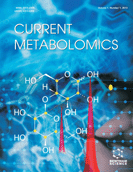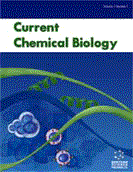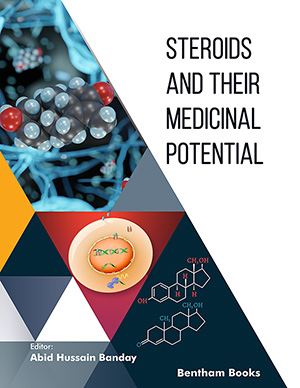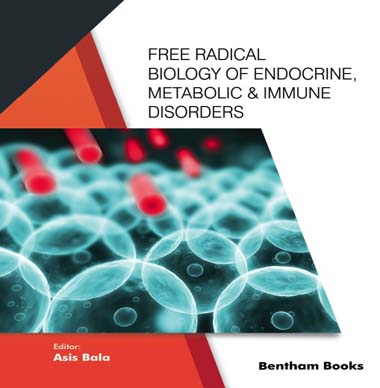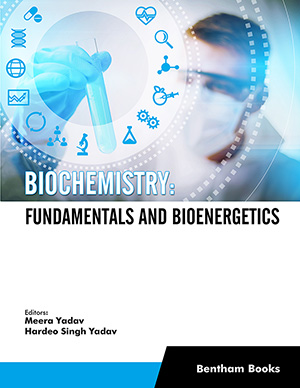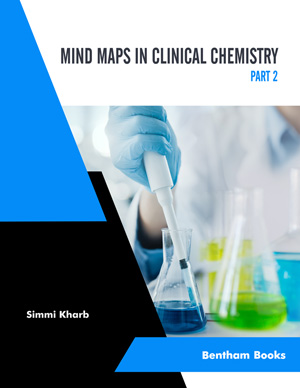Abstract
Infection by the Human Immunodeficiency Virus (HIV) and subsequent treatment with Highly Active Antiretroviral therapy (HAART) can lead to the development of metabolic abnormalities. The ability to diagnose and monitor these complications remains cumbersome and is limited to the detection of one or only a few metabolites at a time. The discovery and development of reliable HIV and/or HAART related biomarkers, using metabolic profiling techniques (known for the simultaneous detection of numerous metabolites), could assist in improving the management of HIV/AIDS. Here, Raman spectroscopy based metabonomics was conducted and the metabolic profiles of 35 HIVinfected, treatment-experienced (HIV+ART+) and treatment-naïve sera (HIV+ART-) compared to those of 17 uninfected (HIV-) individuals. The Raman spectral profiles were subjected to multivariate data analysis for the identification of metabolites that differed significantly amongst the three groups. Linear discriminant analysis (LDA) correctly classified all samples into their respective experimental groups with a 100% accuracy. Analysis of variance (ANOVA) identified significant differences (p< 0.05) in spectral variables associated with tryptophan (1603cm-1, 1550-1554cm-1, 1208cm-1, 1174cm-1), glutathione (828cm-1, 890cm-1, 900cm-1), lysine (1570cm-1), histidine (1574cm-1), protein components (1685cm-1, 1474, 948-1), glucose (1295cm-1), threonine/proline (1548cm-1), valine (948cm-1), tyrosine (831cm-1, 641cm-1, 635cm-1), lipids (716cm-1) and phenylalanine (616cm-1). The metabolic pathways where these metabolites play a role have been shown by conventional biochemical analysis to be affected by HIV and HAART. An assay using Ellman’s reagent (5, 5’-dithiobis-(2-nitrobenzoic acid) confirmed the Raman spectral detection of differences in glutathione. The Glutathione levels were significantly (p<0.05) reduced in HIV infected samples, which were indicative of oxidative stress. The ability of Raman spectroscopy to detect metabolites (including an oxidative stress marker) affected by HIV/AIDS and HAART, adds to the growing list of pathologies where vibrational spectroscopy may contribute solutions.
Keywords: Metabonomics, HIV infection, antiretroviral therapy, multivariate statistics, raman spectroscopy, oxidative stress.
 41
41

